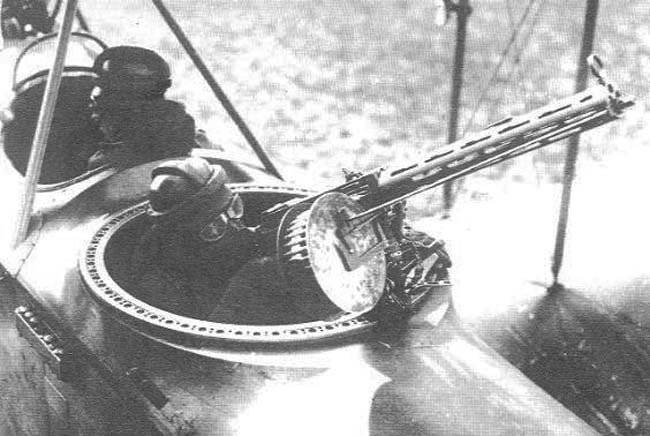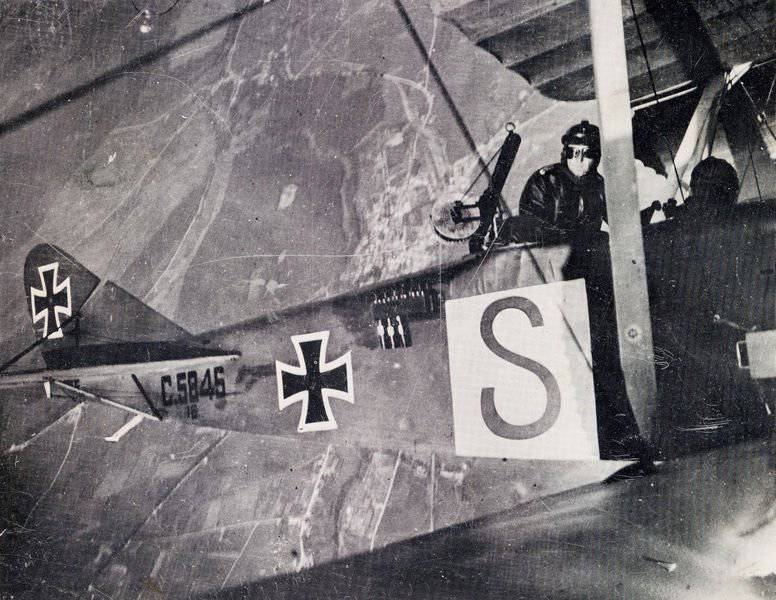Aviation machine gun "Parabellum"

Heineman was based on the Maxim machine gun system produced by the company. For the sake of simplification and simplification, the designer refused from water cooling, retained the locking with articulated levers, and replaced the handle with a copier surface inside the box. The latter was very reminiscent of the Parabellum pistol, which was produced by DWM (Parabellum was the telegraph code of the company). In connection with this machine gun was also called "Parabellum". A helical return spring was placed at the rear of the box. To move the shutter in the box were provided rollers, reducing friction losses. The combat larva, which removed the cartridge from the tape, was replaced by the oscillating lever of the feeder, and the plate spring of the hammer was replaced by a helical spring. These changes reduced and facilitated the shutter, and together with the buffer accelerator increased the rate of fire to 750 shots per minute. A special roller, located in front of the bolt, retracted the trigger pull, and if the trigger was pressed, a shot occurred. The descent was locked with a fuse from the bottom of the trigger guard turned off when the bracket was covered. The machine gun was equipped with a wooden butt and a control handle.

The front sight (front sight) was made in the form of a grid for entering the lead angle. The machine gun was powered by a tape wound on a reel located to the right of the machine gun. The lightweight cartridge belt was supposed to contribute to the increase in the rate of fire, but the receiver was also designed to use the standard belt from the MG.08 machine gun. The machine gun "Parabellum" was used in aviation very successful. Modification MG.14 / 17 (MG.17) was distinguished by a reduced casing diameter and a shortened barrel to reduce windage and weight of the system, and a mount for a collimator (optical) sight. A number of “Parabellums” were also used as hand ones - they were supplied with a bipod, and their weight with cartridges was about 23 kg.

To defuse the MG. 17 Parabellum machine gun, do the following: Press the button on the bottom of the feeder tray on the right side to remove the tape. Turn the cocking handle back through the box window to inspect the chamber and the feeder, make sure that there is no cartridge in them. Release the cocking handle and pull the trigger.
Specifications machine gun MG.14 "Parabellum":
Patron - 7,92x57 "Mauser";
Machine gun "body" weight - 9,6 kg (without cartridges);
Length - 1275 mm;
Barrel length - 720 mm;
Grooves - 4 right;
Initial bullet speed - 895 m / s;
The rate of fire - 650-750 shots per minute;
Tape capacity - 100, 250 or 500 cartridges.
Based on: S. Fedoseev - Machine Guns in the First World War
Information